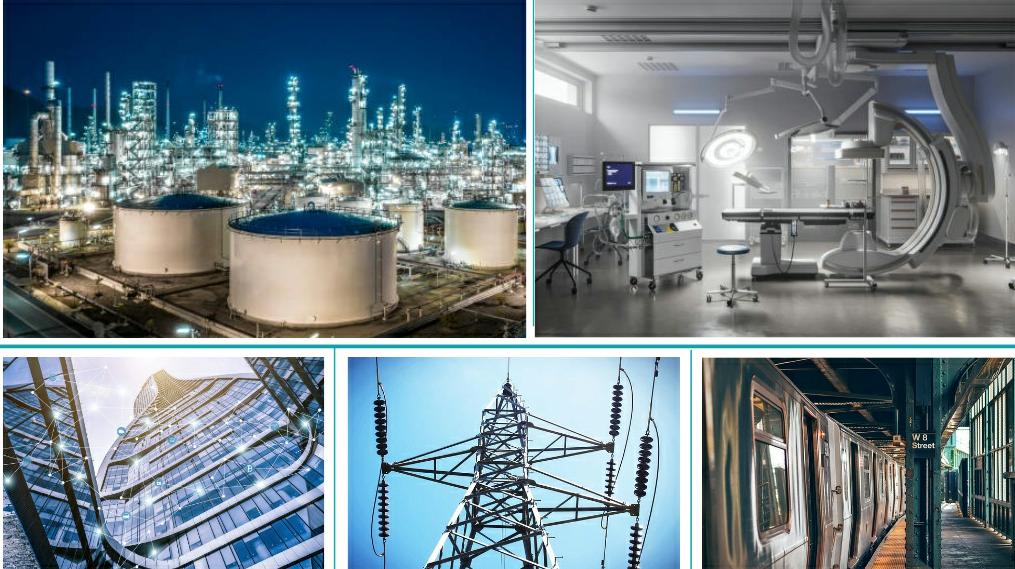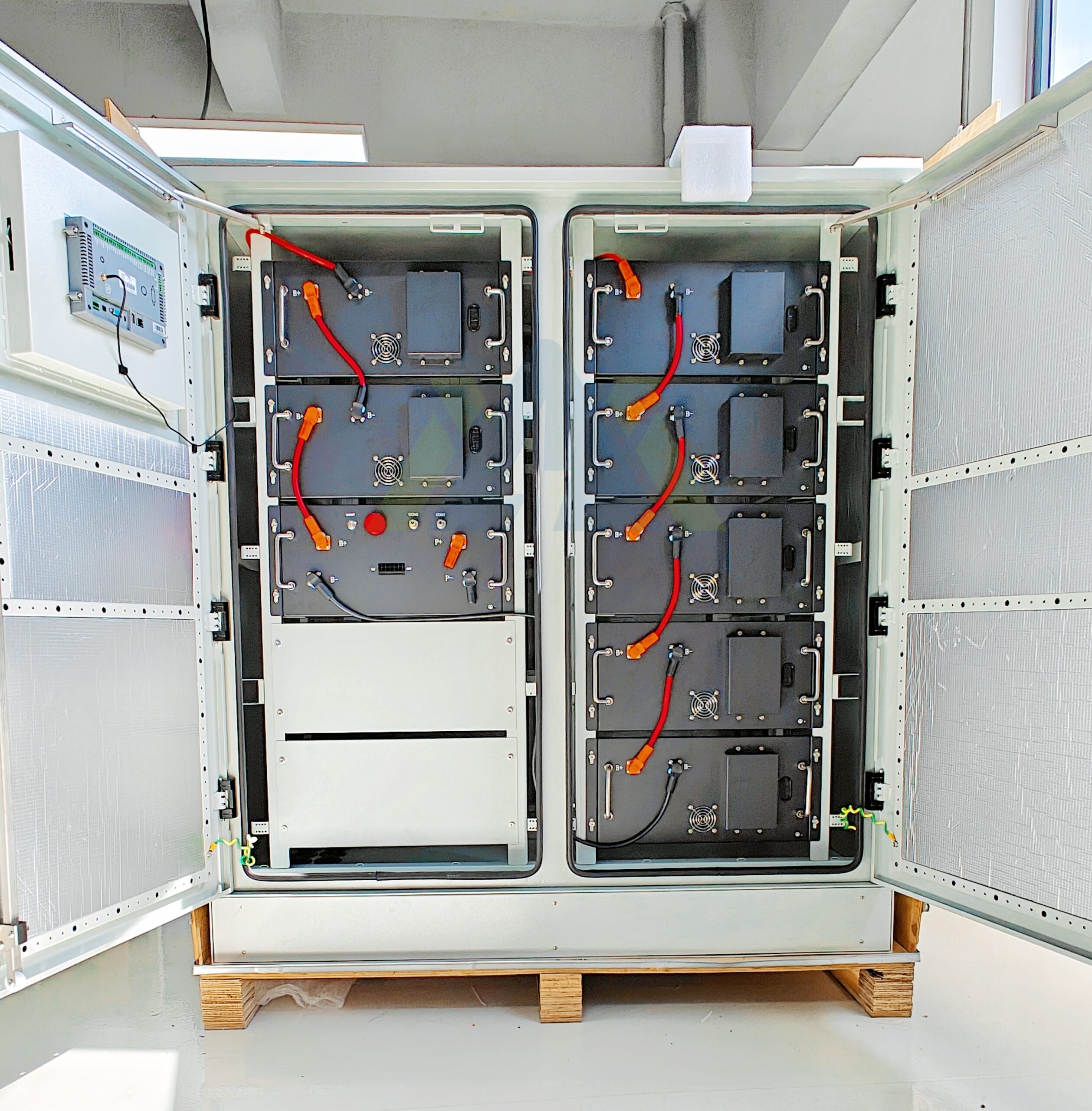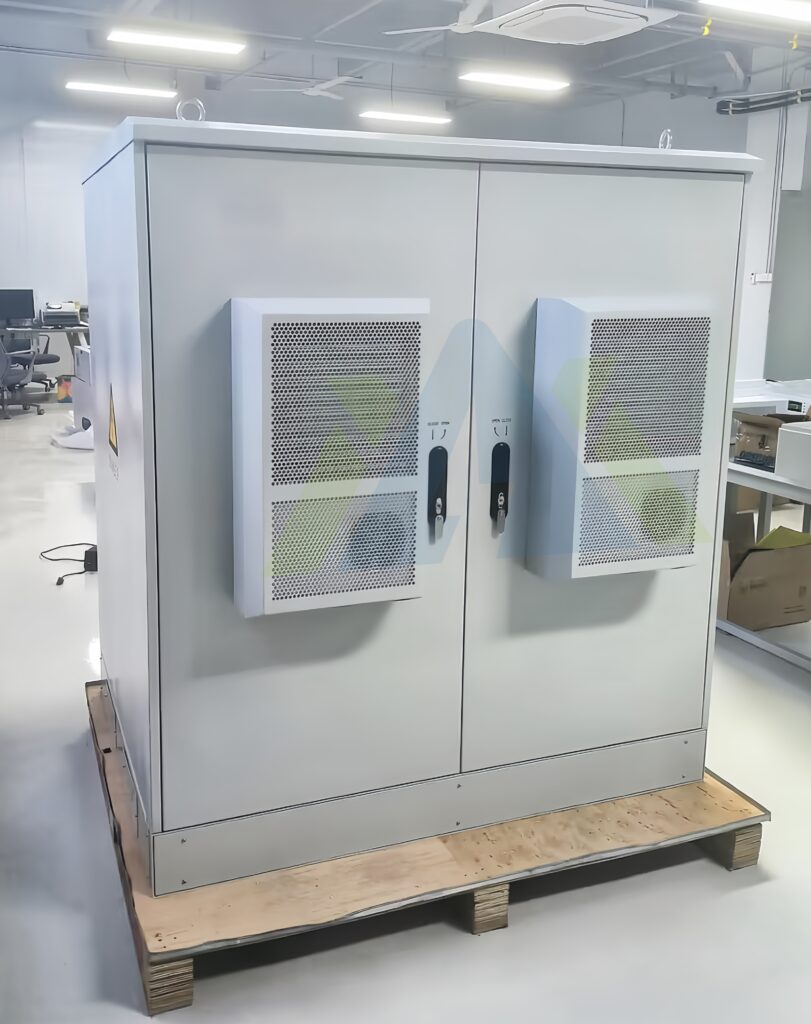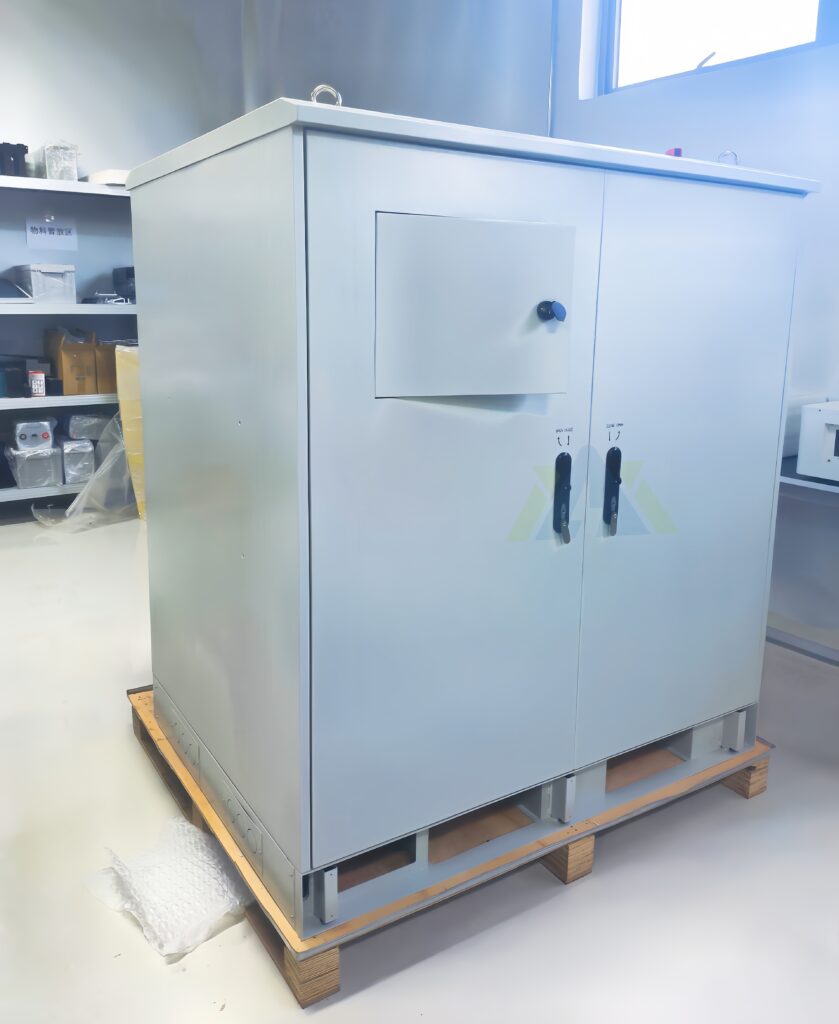In today’s digitally driven world, uninterrupted power supply is essential for businesses to maintain operations and ensure continuity. High-voltage lithium battery systems, such as those provided by MK, provide a reliable solution to power reliability challenges.
Features of high-voltage battery energy storage systems:
High energy density: High-voltage batteries have a higher energy density, which means that they can store more power at the same weight.
High power density: Because the electrolyte in high-voltage batteries has a higher ion mobility, the battery has a higher charge and discharge power and can be charged in a short time.
Low cost: The materials used in high-voltage batteries are relatively cheap and the manufacturing cost is relatively low.
Good stability: The electrolyte in high-voltage batteries is not easy to volatilize and is not easy to react with moisture and oxygen in the air, which makes the battery have good stability.
Components of high-voltage battery energy storage system:
Battery module: This is the core part of the energy storage system, which consists of multiple single cells. These single cells are connected in series or parallel to form the required voltage or current.
Battery Management System (BMS): BMS is responsible for monitoring, controlling and protecting the battery module to ensure the safe operation of the battery. It can monitor the battery’s voltage, current and temperature and other parameters, control the battery’s charging and discharging process, and protect the battery when necessary to prevent overcharging or over-discharging.
Power electronic converter: This is an important part of the energy storage system, responsible for converting and regulating electrical energy. During the charging process, it converts the AC power of the grid into DC power to charge the battery module; during the discharging process, it converts the DC power of the battery module into AC power for the load.
Cooling system: In order to ensure the normal operation of the battery module, it needs to be cooled. The cooling system usually consists of a radiator and a fan, which can take away the heat generated by the battery module and discharge it to the outside world.
Monitoring system: The monitoring system is responsible for monitoring and controlling the operating status of the entire energy storage system. It can monitor the system’s voltage, current, temperature and other parameters, record the system’s operating data, and adjust or alarm the system when necessary.
Battery box: The battery box is a shell used to hold battery modules, BMS, power electronic converters and cooling systems. It is usually made of metal materials with good sealing and insulation properties.
Application areas of high-voltage battery energy storage:
Power system: High-voltage battery energy storage system can be used to balance the peak and valley power of the power system, improve the stability of the power grid, reduce power grid losses, and reduce energy costs. At the same time, it can also be used as a backup power source to provide additional energy support for the power system.

Transportation: In electric vehicles, hybrid vehicles, electric bicycles and other means of transportation, high-voltage battery energy storage systems can provide longer driving range and faster charging speed, improve energy utilization efficiency, reduce vehicle exhaust emissions, and improve urban air quality.
Distributed energy: High-voltage battery energy storage systems can be combined with distributed photovoltaic power generation systems, wind power generation systems, etc. to balance energy supply and demand and improve the utilization rate of distributed energy.
Electronic equipment: High-voltage battery energy storage systems can be used as power sources for portable electronic devices such as smartphones, tablets, laptops, etc., providing long-term power support.
Renewable energy grid connection: Large-capacity battery energy storage technology is applied to wind power and photovoltaic power generation, which can smooth power output fluctuations, reduce their impact on the power system, improve the ability of power stations to track planned output, and provide backup energy for the construction and operation of renewable energy power stations.
Grid auxiliary services: Grid auxiliary services include capacity services (grid peak load regulation, load following) and power services (black start). In terms of improving the grid frequency regulation capability, high-voltage battery energy storage systems can reduce the loss of traditional frequency regulation power sources caused by frequent switching; in terms of improving the grid peak load regulation capability, according to the changes in power supply and load, the energy storage system can respond to dispatching instructions in a timely and reliable manner, and change its output level according to the instructions.
In general, the application field of high-voltage battery energy storage systems is very wide and has huge development potential.
High-voltage lithium batteries are designed to scale and adapt to different power requirements. Whether it is a small application or a large-scale installation, these systems can be customized to meet specific needs, providing flexibility for businesses of all sizes.
MK’s high-voltage lithium battery systems provide reliable and efficient solutions to ensure uninterrupted power supply for critical applications. With enhanced power reliability, scalability and energy efficiency, these systems enable businesses to mitigate the risks associated with power outages while promoting sustainable practices. By incorporating MK’s high-voltage lithium battery systems into their infrastructure, businesses can safeguard their operations.



